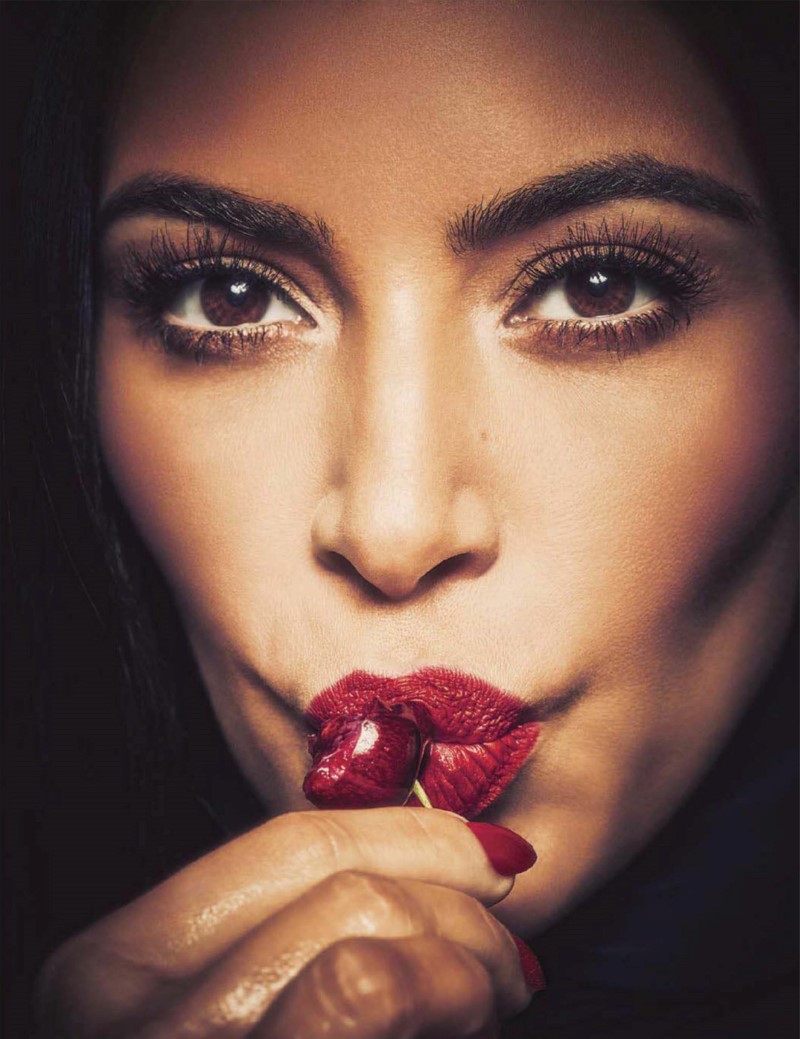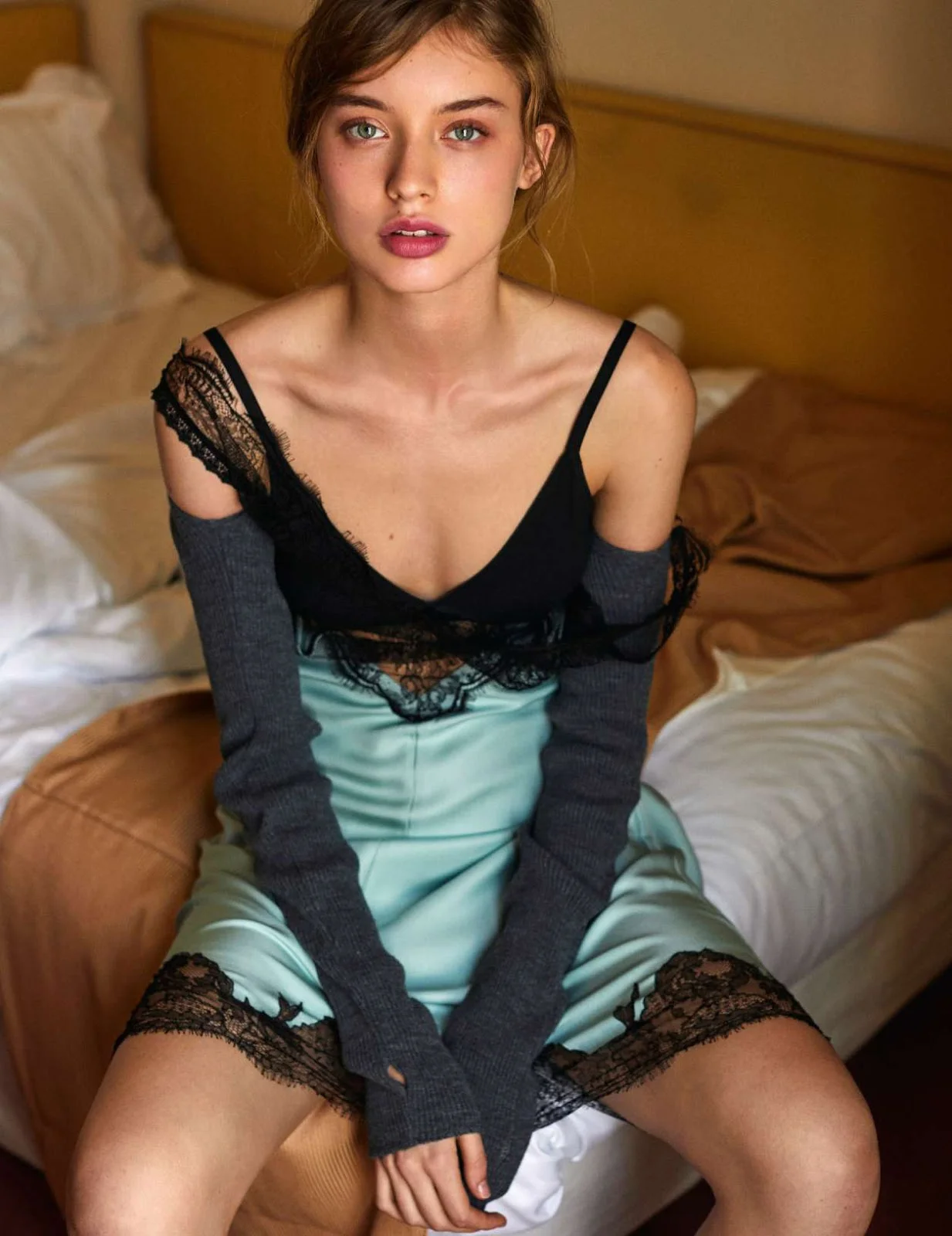'See Know Evil' Documentary By Charles Curran Revisits Davide Sorrenti Story & Rise Of Heroin Chic
/Davide Sorrenti images of Jaime King (l) and Frankie Rayder (r).
On May 20, 1997, Amy M. Spindler wrote for the New York Times about the fatal heroin overdose of the promising young photographer David Sorrenti, 20. Spindler questioned the degree of complicity the entire fashion industry embraced in the advancement of the trend known as ‘heroin chic’.
Unlike the music industry, which has rallied with interventions and programs to get musicians off drugs, or the film industry, where known users have been subjected to drug tests for insurance on movies, the fashion industry has done little to combat the problem among the young in its ranks. The only event mounted to commemorate Mr. Sorrenti's death was a photo exhibition in his memory, called the ''Art of Fashion Photography,'' at a Flatiron district studio during March fashion week in New York. The drugged-looking photos from Detour were on view at that show.
In May 1997, President Clinton denounced the American fashion industry for cynically abusing teenagers and helping spread heroin usage to a new and younger group of people. “Some fashion leaders are admitting flat-out that images projected in fashion photos in the last few years have made heroin addiction seem glamorous and sexy and cool," President Clinton stated. “And as some of the people in those images start to die now, it's become obvious that is not true. The glorification of heroin is not creative, it's destructive. It's not beautiful, it is ugly. And this is not about art, it's about life and death. And glorifying death is not good for any society.”
As his name implies, Davide Sorrenti came from a family of photographers including his mother Francesca, his older brother Mario and sister, Vanina — “the Corleones” of fashion photography according to Francesca. His girlfriend and muse at the time Jaime King had her own struggles with heroin use, writes Models.com.
A key reason for the Naples-born Sorrenti family coming to New York in the early 1980s was Davide’s painful blood condition, Cooley’s anemia. The disease required frequent blood transfusions and caused the young Sorrenti to look even younger than his age.
Last week Charlie Curran premiered his seven-year-in-the-making documentary “See Know Evil”, a film attempting to tell Davide’s story, at Manhattan’s SVA Theatre, A second screening was held Thursday night, November 15.
Curran launched his Kickstarter campaign to raise funds for completing the film in 2012 when he was a college student. 49 backers pledged $4,701.
Curran described his film then as “an intimate look at the life and work of Davide Sorrenti, a young fashion photographer who met a tragic fate at the height of the 90's New York fashion scene. It's a story about coming to America, about family, about art, about fashion, about photography, and about the way media shapes the stories we tell. “
“I remember being awestruck when I saw Davide’s work for the first time. He was my age and already creating images with an effortless confidence. When I learned Davide suffered from a rare anemia and likely would not live past his early twenties, I realized it was the raw urgency in his photography that spoke to me,” said Curran, in a statement accompanying the film’s release.
“I knew I wanted to tell Davide’s story, and fortunately the Sorrenti family graciously welcomed the project. All these years, and a film later, Davide’s story still speaks to a time and place. He was a boy coming to terms with his own mortality while fearlessly documenting his experience in the world.”
Models.com shares additional introspection and perspective from Francesca Sorrenti around the film’s release.









